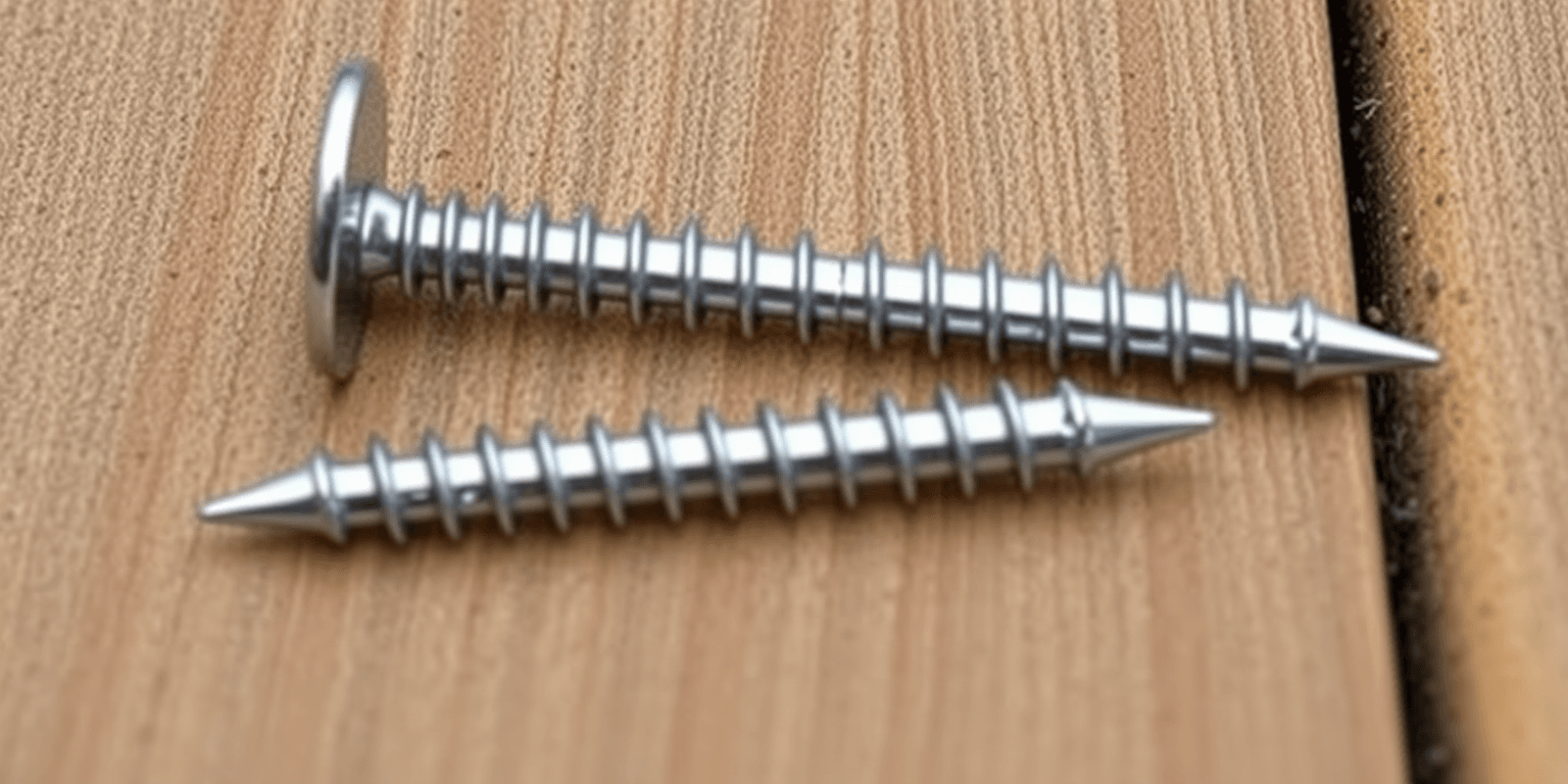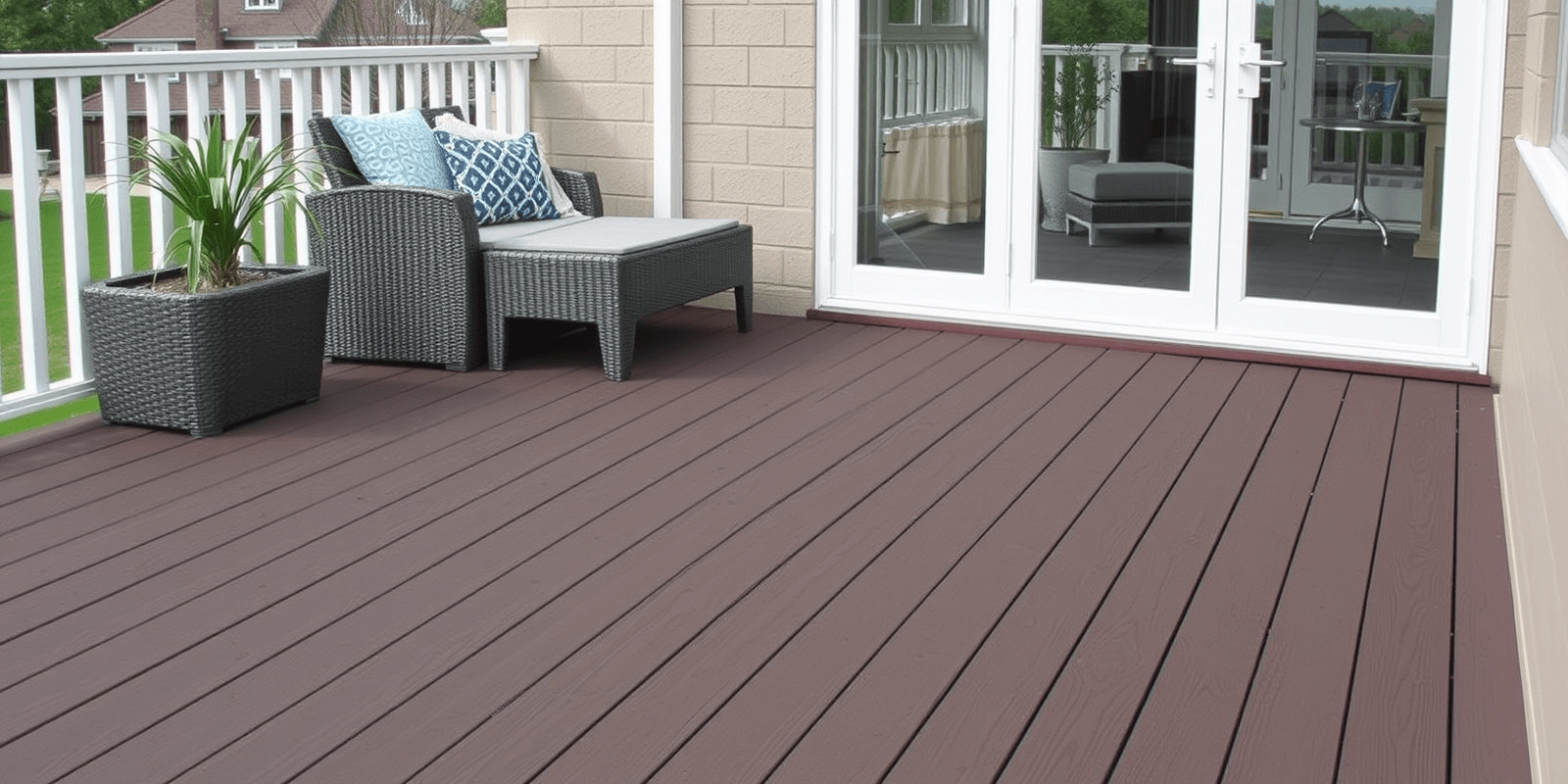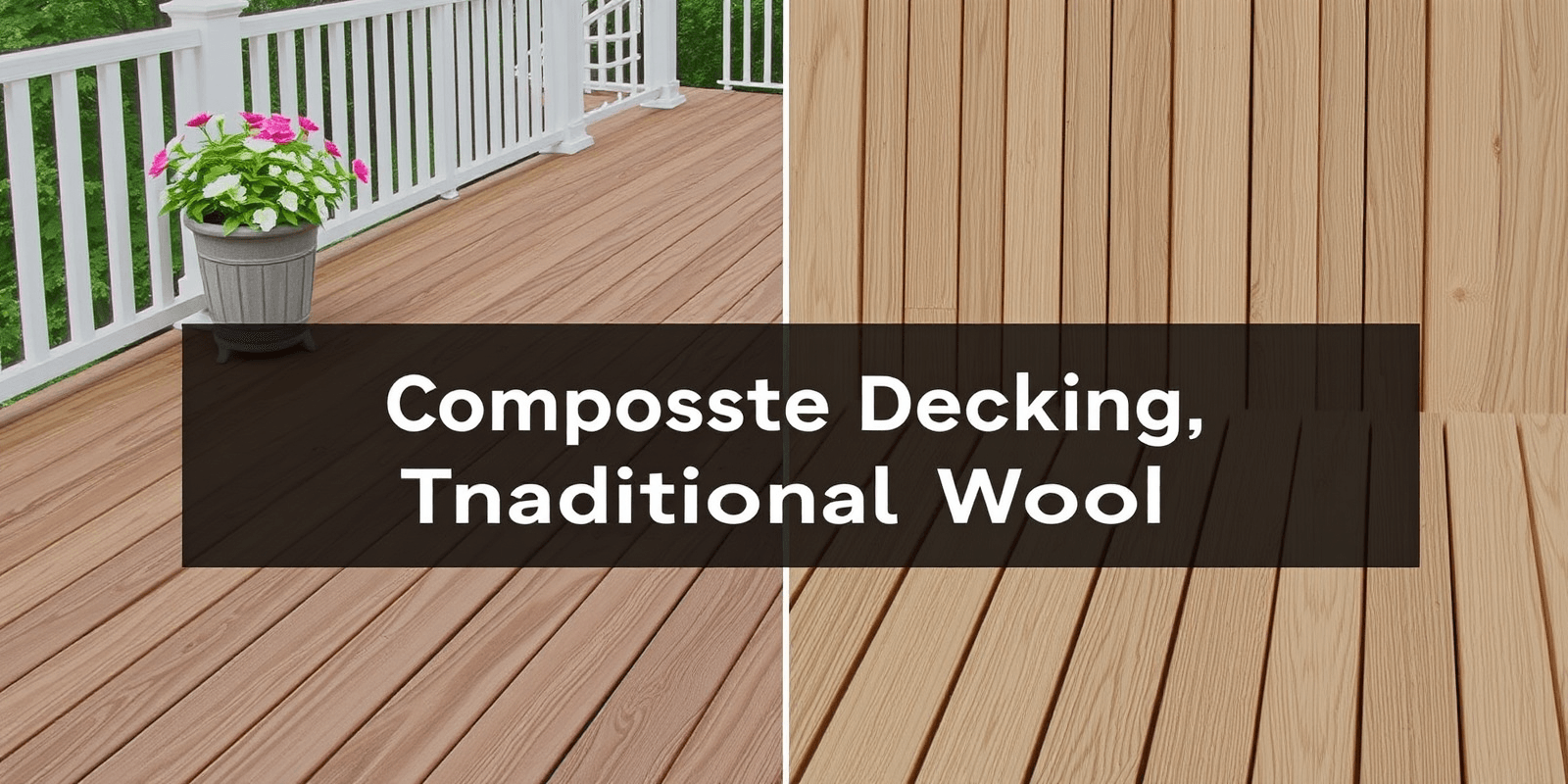The Benefits and Installation Tips for Composite Decking Screws
Introduction to Composite Decking Screws
Composite decking has gained significant popularity in recent years due to its durability, low-maintenance requirements, and aesthetic appeal. One crucial component in ensuring the longevity and integrity of your composite deck is the use of appropriate fasteners, particularly composite decking screws. These specialized screws offer numerous advantages over traditional metal screws when it comes to installing composite decking boards. In this article, we will explore the benefits of using composite decking screws, provide step-by-step installation tips, and discuss maintenance advice. We’ll also compare these screws with traditional options and explain why they are often a better choice for many projects.
The Advantages of Composite Decking Screws
Composite decking screws are designed specifically for the unique properties of composite materials. Unlike traditional screws, which can easily damage or mar the surface of composite boards, composite screws feature a flat head and a self-tapping point that minimizes splitting and provides a secure hold without compromising the deck’s appearance. Additionally, composite screws are made from corrosion-resistant materials such as stainless steel or coated alloys, ensuring they withstand the elements and resist rust and corrosion over time. This durability makes them ideal for outdoor applications where exposure to moisture and varying temperatures is inevitable.
Installation Tips for Composite Decking Screws
To ensure a successful installation of your composite decking, follow these steps:
- Select the Right Screw Length: Choose a screw length that is at least two times the thickness of the board you are attaching. This ensures proper penetration into the joist below, providing a strong hold.
- Pre-drill Holes: Pre-drilling holes can prevent splitting, especially in dense composite materials. Use a drill bit slightly smaller than the screw shank diameter.
- Drive the Screw: Using a power drill with a screwdriver attachment, drive the screw slowly and steadily until it is flush with the surface of the board. Avoid overtightening, as this can cause damage to the composite material.
- Seal the Screw Heads: After installation, consider applying a sealant or caulk around the screw heads to further protect against moisture infiltration.
Maintenance Advice for Composite Decking Screws
Regular maintenance is essential to prolong the life of your composite deck and its screws. Periodically inspect the deck for any signs of wear or damage, such as loose screws or visible cracks. Tighten any loose screws promptly to maintain the structural integrity of your deck. Cleaning the deck with mild detergent and water annually can help remove dirt and debris that may accumulate on the surface. Avoid using harsh chemicals or abrasive tools, as these can scratch or damage the composite material.
Comparison with Traditional Screws
Traditional metal screws, while effective for some applications, have several drawbacks when used with composite decking. They are prone to rust and corrosion, which can weaken their hold over time and compromise the overall stability of the deck. Moreover, traditional screws often require pre-drilling larger holes, increasing the risk of splitting the composite material. Composite decking screws, on the other hand, are engineered to minimize these issues, making them a superior choice for long-lasting, aesthetically pleasing decks.
Conclusion
In conclusion, composite decking screws offer numerous benefits over traditional options, including enhanced durability, resistance to corrosion, and ease of installation. By following the installation tips provided above and maintaining your deck regularly, you can ensure that your composite deck remains sturdy and attractive for years to come. Whether you’re building a new deck or renovating an existing one, choosing the right fasteners can make all the difference in the success of your project.



